
emotiscope is different
Emotiscope was built by @lixielabs from the ground up as an open, powerful bridge between sight and sound. With a show that’s reactive to notation, vibrato, tempo, and more, it produces very unique and pleasant-to-look-at light shows which synchronize to your music without any visible latency whatsoever
With a magic diffuser covering 128 of the world’s smallest addressable LEDs - which are being refreshed at up 450 FPS - Emotiscope doesn’t look like a screen! It looks more like some kind of neon-gas display from the far future or recent past.
It has to be seen to be believed, which the video demos below can help with:
emotiscope is simple
Emotiscope has two types of controls: touch and wireless!
touch control
Emotiscope has three touch points: the top, left, and right side. Holding your finger on the left or right side allows you to change the color of the show, tapping the top skips to the next light-show mode, and holding down on the top puts Emotiscope to sleep, entirely disabling the microphone and playing a short visual outro. Once asleep, tapping the device will instantly wake it up, ready for another stellar show.
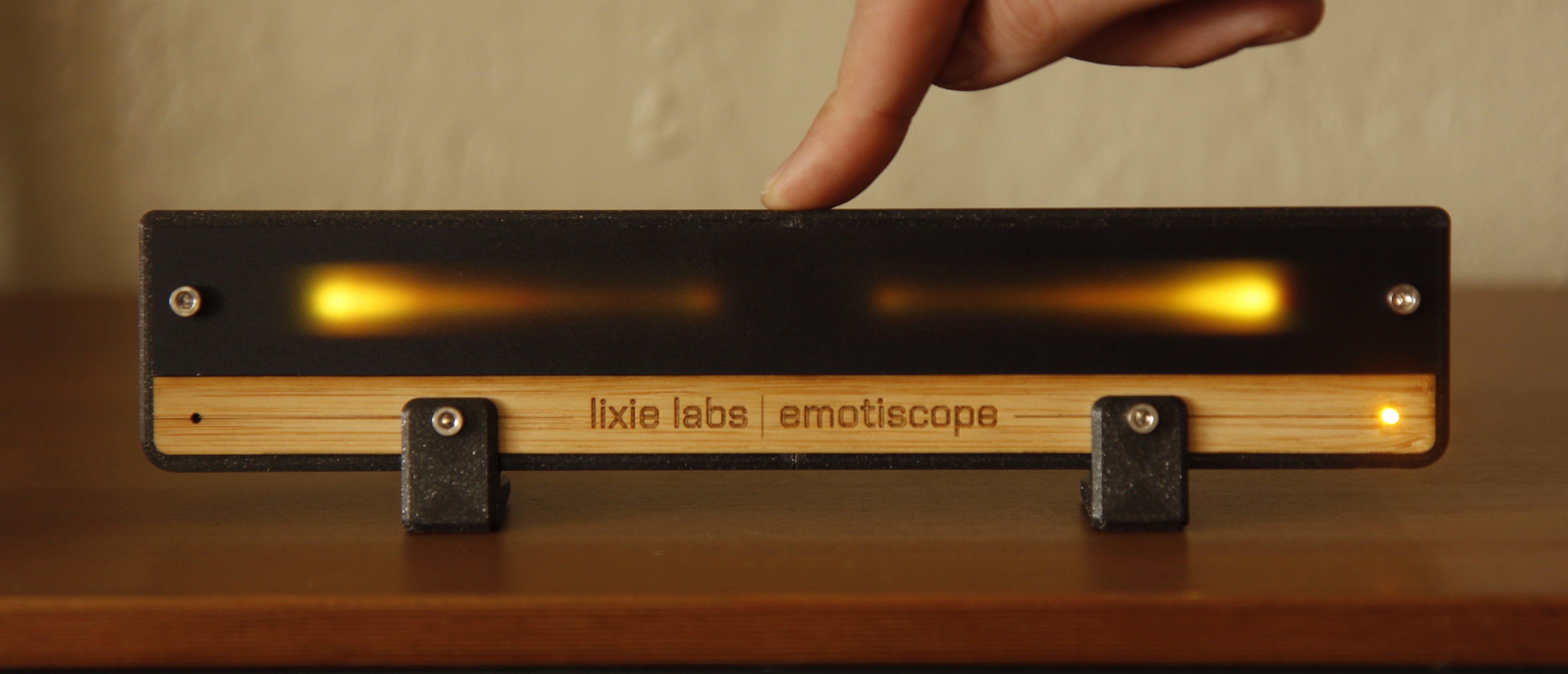
wireless control
For more flexible control, there's the Emotiscope app. No downloads, no install, no account, no subscription, simply visit app.emotiscope.rocks from any phone on the same WiFi network as Emotiscope to be automatically connected in seconds. (You can even bookmark it to your home screen!)
Once there, you're greeted with a very simple interface with only one concept to learn: sliders.
Sliders work like knobs to control things like brightness, color, reaction speed, and more. Just drag your thumb up and down anywhere on the slider to alter it, and your changes are automatically saved to Emotiscope.
)
emotiscope is flexible
There’s a mode for every mood. A lot of work has gone into creating polished and engaging light-shows that react at a moments’ notice to musical changes. So far, Emotiscope has 8 customizable light-show modes:
ANALOG
Analog Mode simulates the movement of a analog VU meter, with dots of light reacting to the current loudness of music, wiggling to beats and vocals. Sub-pixel rendering tricks make this mode a visual treat you can’t go wrong with.
SPECTRUM
Spectrum Mode shows the detected strengths of all musical notes between 110 Hz and 4186 Hz (The upper 64 keys of a piano), showing chords, vibrato and even basslines in the center! (For the music geeks, that’s A2 through C8!)
OCTAVE
Octave Mode is the same as Spectrum Mode, but all 64 notes have been wrapped into a single octave - meaning all A♭ notes are in the same position on the display, regardless of which octave they originated from.
METRONOME
Metronome Mode is extra fancy. Your Emotiscope will synchronize itself to the beat of your music, swaying patterns back and forth exactly in time with the song. It’s not only aware of what the current tempo (BPM, speed) of your music is, it also knows the magnitude of all tempi at a given time and displays all readings at the same time. For example, if the snare drum hits 90 beats per minute but the hi-hat hits 180 beats per minute, both patterns are detected and shown at the same time!
SPECTRONOME
This is actually a hybrid mode! When confidence in the tempo calculation is low, Spectrum Mode is shown, but as Emotiscope gains confidence in the beat of the music, it will fade into showing Metronome Mode instead.
HYPE
Hype Mode is for partying it up. This is the mode for dance music and bass drops. All tempo readings are summed up into a single wave, meaning complicated patterns can emerge from the average song, which are wiggling to and fro to the beat of the music. As a rule of thumb, if it’s a song you think you could generate “hype” with, it works great with this mode.
BLOOM
Bloom Mode is...
Read more » Lixie Labs
Lixie Labs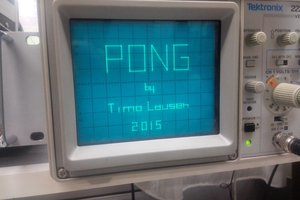
 Timo
Timo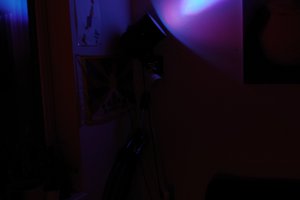
 Vojtech Vladyka
Vojtech Vladyka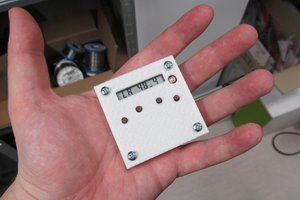
 jaromir.sukuba
jaromir.sukuba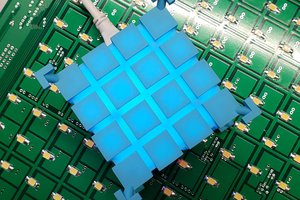
 Giovanni
Giovanni